With the arrival of autumn, the light of Greece grows more golden, as the foliage begins to turn. This is the season when Greece’s lakes are at their best – the birds are migrating, the days are cool enough for some wonderful hikes, and the colors of the season are reflected the lakes’ glassy surfaces. These secret lakes are all in destinations that are perfect for fall, with cultural attractions and activities in the gorgeous outdoors. Splendid boutique accommodations and elegant authentic cuisine and wines complete the attraction of a fall escape to Greece.
Lake Doxa, Corinthia
In a land of so many ancient things, Lake Doxa is unusual. It is new-formed only in the late 1990s. The reason for this is that the Doxa River had flooded the fertile plains too many times, causing damage to the agriculture of the region. So now, the agriculture thrives, and the locals and fortunate visitors have a lovely lake.
This is a refreshing destination: with an altitude of 900 meters, at the base of Mount Kyllini (2,376 meters), summer visitors can escape the heat. Fall visitors are rewarded with golden foliage – the landscape around this crystal lake is lush and gorgeous. This is a wonderful destination in any season.
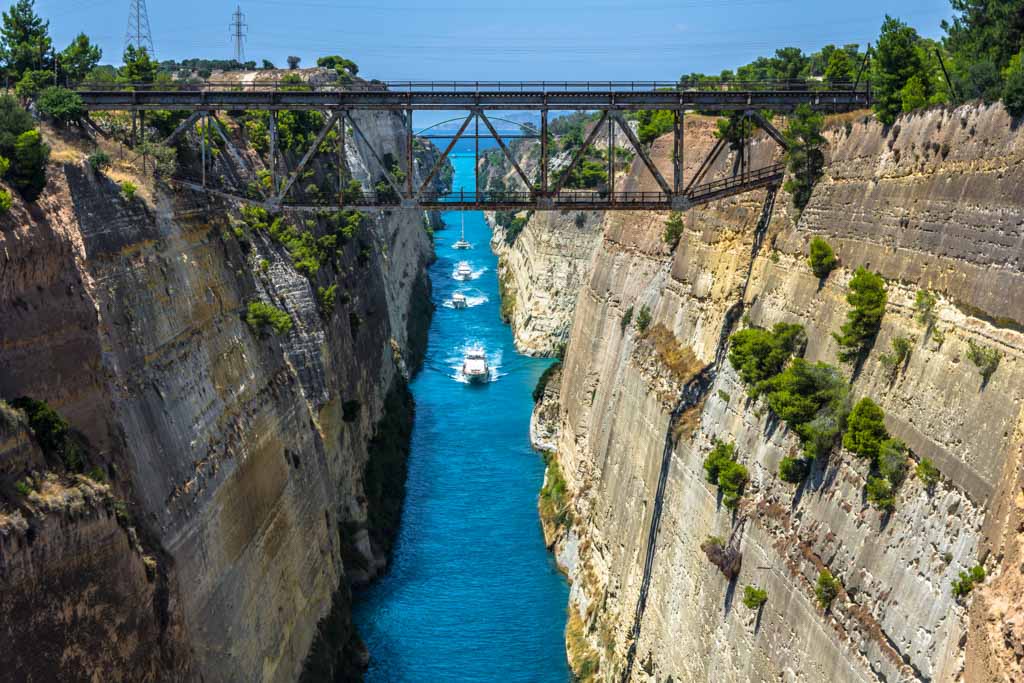
The lake is not terribly large – at about 1.5 kilometers long and some 300-1000 meters across, it can easily be circumnavigated on foot or by bicycle, or indeed even by car as a nice stop on an Archadian road trip. The waters are cool in all seasons – perfect for a bracing swim. Reflected in the lake’s glassy surface is the little peninsula with the chapel of Agios Fanourios. On his name Day (August 27th) the priest blesses the waters of the lake.
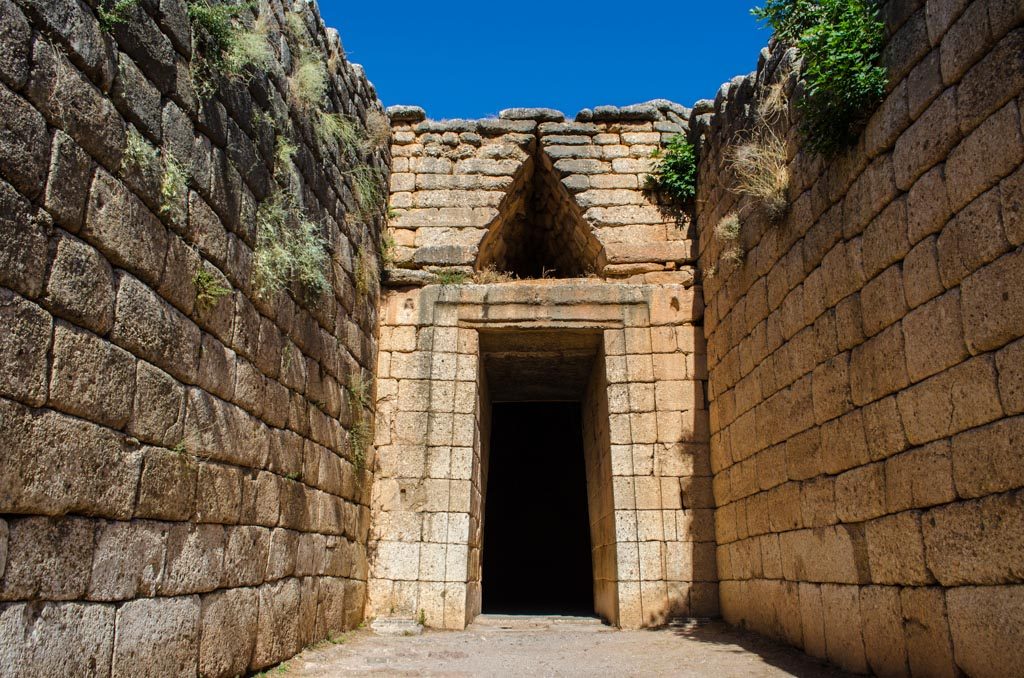
Mount Kyllini was strongly associated with the god Hermes in the ancient world, and he was celebrated with the Hermaea, an annual festival. This region is generally steeped in history. Here, one is about an hour and a half from the Corinth Canal. Some of Greece’s most important ancient sites are also nearby. Mycenae, the Bronze Age site excavated by the passionate archaeologist Schliemann and associated with the Agamemnon of myth, is about an hour and a half away. Epidavros of the ancient theater still in use and the Asklepieion are about two hours away, and en route is Nafplio – first capital of the newly independent Greek State and known for its magnificent fortress Palamidi.
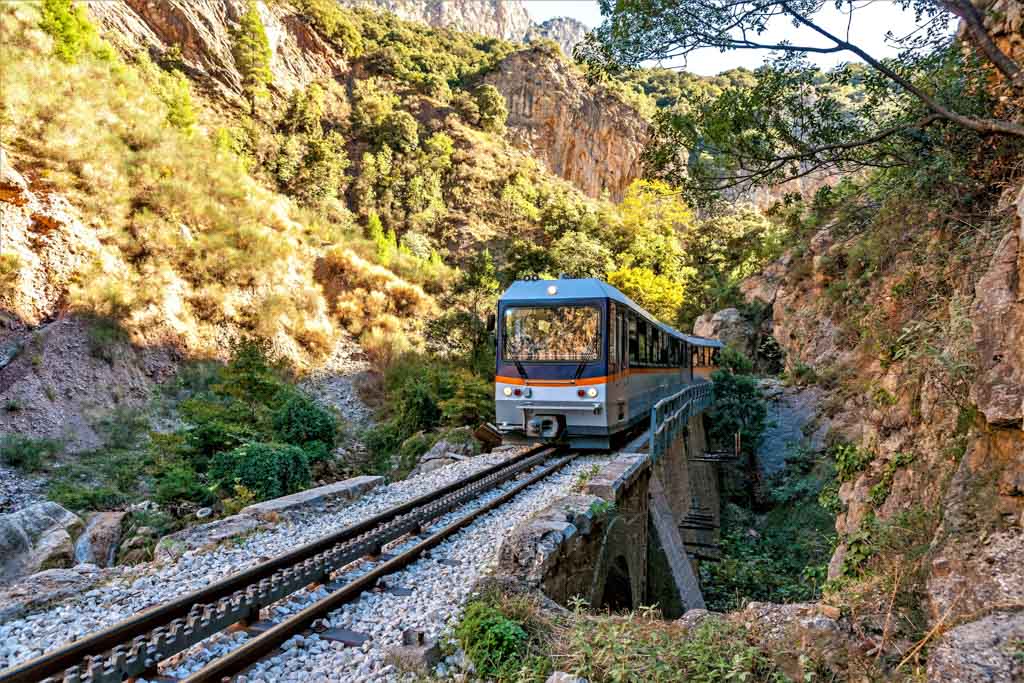
As to natural beauty, you’ll find plenty of it. The mountainous area so close to the Gulf of Corinth also has the famous Diakofto – Kalavryta rack rail. This famously scenic train journey is itself a destination, a historic route of 22 kilometers that climbs sharply in altitude, from the coast of the Gulf of Corinth up to an elevation of 758. The dramatic route brings one to the monastery of Agia Lavra, the place where the Greek War of Independence began, as well as to the ski center of Kalavrita, a mere 20 kilometers from the beach of Diakofto. There are lovely beaches all along the southern shores of the Gulf of Corinth.
Lake Kourna, Crete
Lake Kourna is unique – this is the only sweetwater lake on the island of Crete. Fed by mountain springs, its cool and refreshing waters are at the center of a marvelous wetland, protected by the Natura 2000 network. Here, water birds such as cormorants and herons often make an appearance, while a rare terrapin – a diamond-backed turtle with a lovely patterned shell, thrives here, along with eel.

This lovely lake is at the heart of one of the most interesting regions of Crete. It’s roughly between Chania and Rethymnon, just 4 kilometers form the coast, and yet few visitors to the island know it is even here, even though it is so very easy to reach. It makes an interesting stop as one tours the north coast of Crete. Crete is also at its narrowest at this point, with easy access to the fabulous sights and dramatic beaches of the south coast, on the Libyan Sea. Frangokastello, for example – the well-preserved “Castle of the Franks” – is just an hour away.
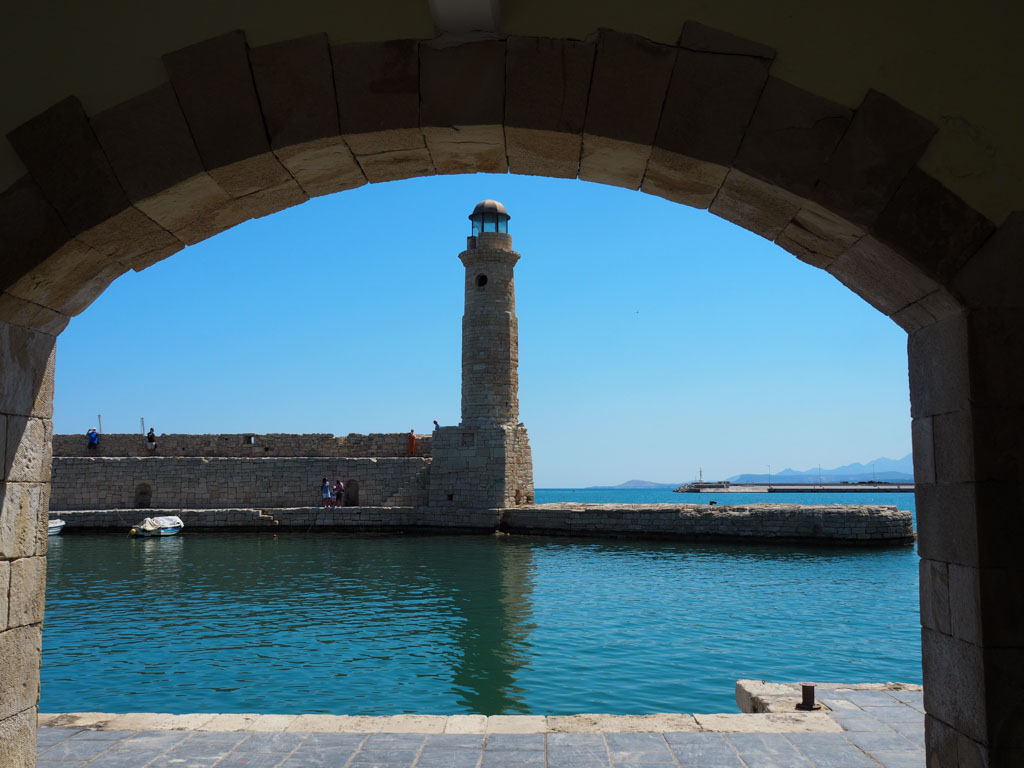
Chania is largely thought of as one of the loveliest cities in all of Greece. This thriving port town is full of Venetian charm, with an old town of narrow alleys and great boughs of bougainvillea, and the marvelous Venetian boatyards, portside. Rethymnon is hardly far behind in beauty, with its own Venetian port, Rimondi fountain, and lovely public garden. Past Rethymnon – and less than an hour’s drive from Lake Kournas – is the Arkadi Monastery – one of the finest examples of the lovely architecture of the Cretan Renaissance and a sight of tremendous historic importance in the struggle of the Cretans against the Ottoman occupiers.
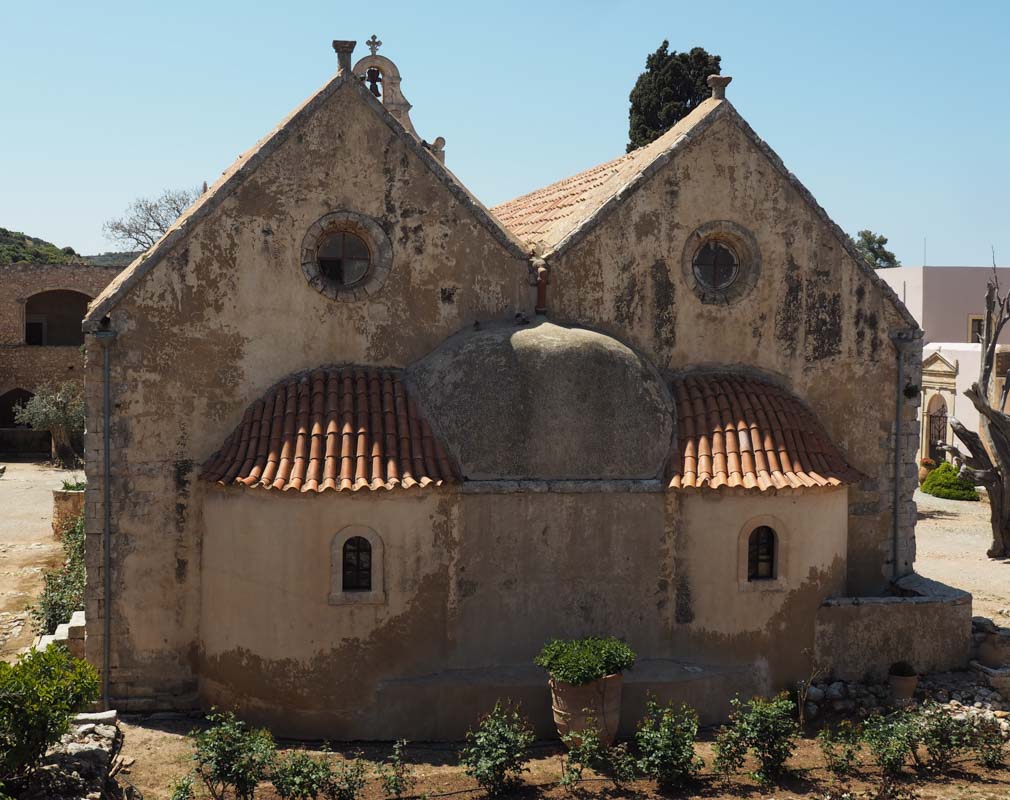
Lake Kourna is truly in the heart of one of the most interesting regions of Crete, within an easy distance of sites of cultural and historic interest, as well as some of the finest beaches of the island.
Lake Vegoritida
This magnificent natural lake is in one of the most beautiful and – happily – lesser-known destinations of Greece, at least to visitors to the country. Lake Vegoritida has the drama of the Vorras mountains in the north, and lush landscape all around, teaming with flora and fauna. Bird watchers will particularly enjoy Lake Vegoritida. This lake with its neighboring lake – Petron – is a flourishing ecosystem that hosts over 150 species of birds, and of these, nearly 90 nest here. The lake’s large size compared to others in the area makes it a very valuable stopping point for birds in migration.

In addition, of course, to many species of fish, otters frolic in the waters. Mammals near the lake’s edge include bears, wild boars, foxes, hares, and hedgehogs – this region is famous for its wildlife, thanks in part to the efforts of Arcturos, a bear sanctuary.
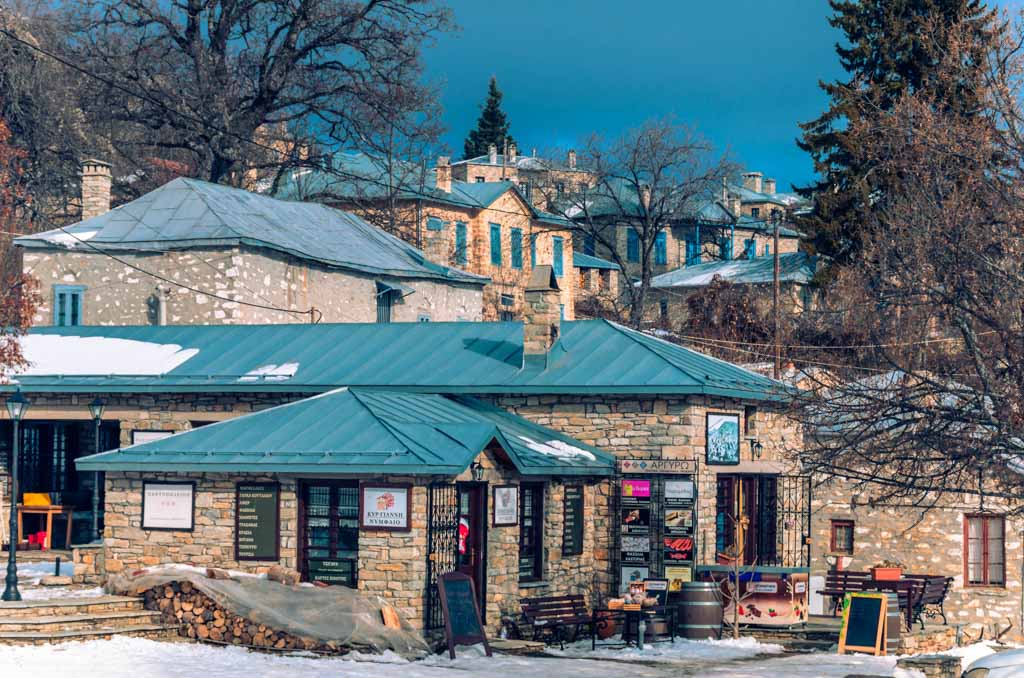
The Florina region in Macedonia is however a great favorite with Greeks themselves, who love the unspoiled natural scenery as well as the elegant towns of the area, with their “archontika” – traditional mansions. The town of Nymphaio is famous for the elegance of its traditional stone architecture and splendid natural surroundings. It’s particularly marvelous in fall and winter. And, speaking of winter, Lake Vegoritida is also near Mt. Kaimaktsalan – a popular destination for skiers. Also nearby are the splendid waterfalls of Edessa, and the Thermal baths of Pozar. Lake Vegoritida is in the heart of an area of natural wonders, elegant boutique hotels, and excellent regional cuisine.
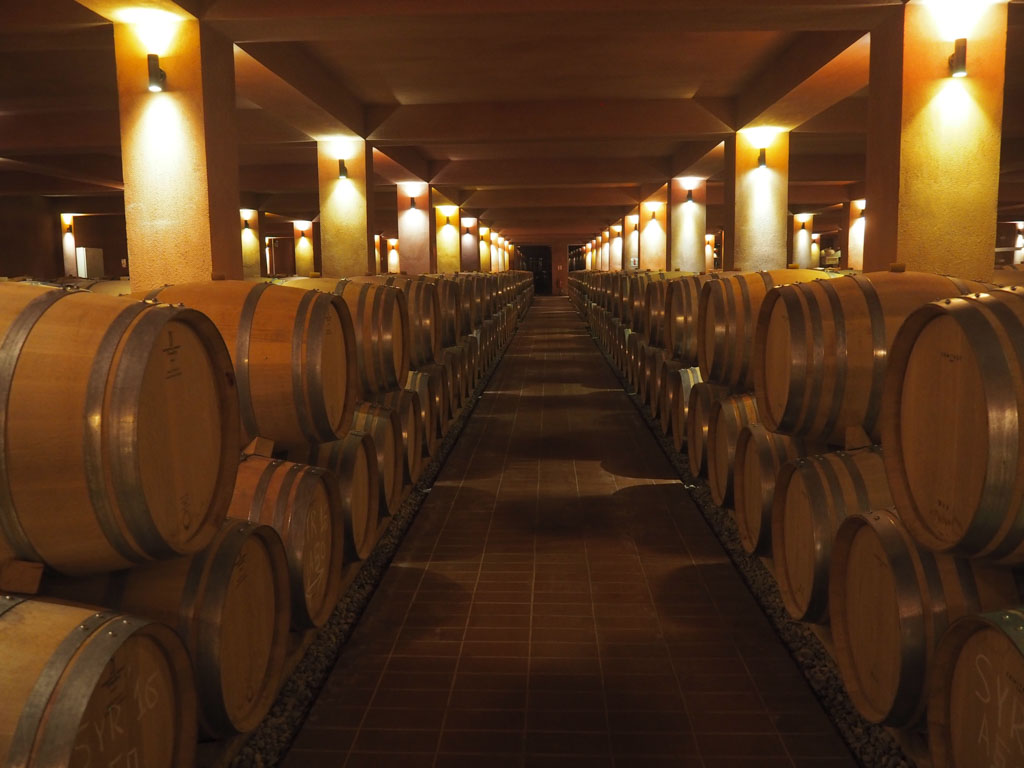
Away from the beguiling coastline, Greece has many glorious destinations. Have you visited any Greek lakes?





